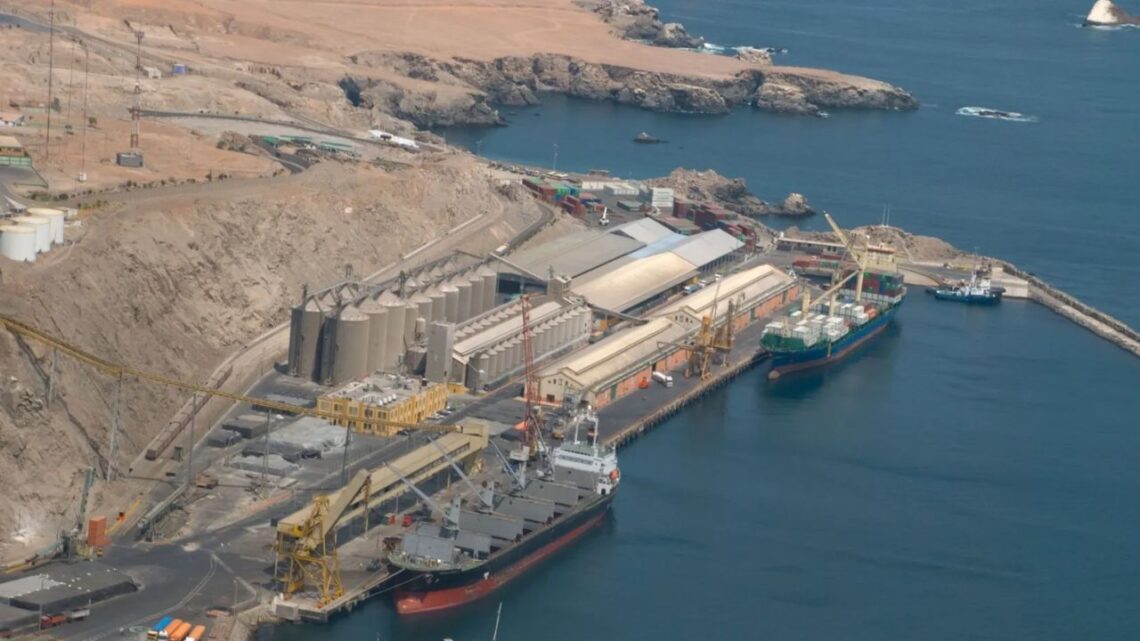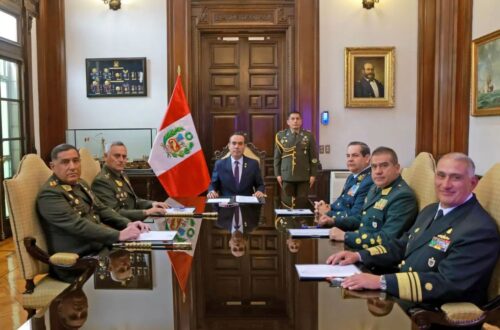Peru is embarking on one of the most ambitious port infrastructure expansions in Latin America with the Matarani port expansion project.
Backed by BlackRock and local partners, this effort seeks to elevate Peru’s place in the global copper export trade—especially as rivalry between the United States and China intensifies over supply chains for critical minerals.
In this article, we dive into every major detail of the project—investment, scope, strategy, risks, and its wider geopolitical significance.
Project Overview & Strategic Significance
1. Big Investment, Big Ambition
The expansion is being pursued at a cost of approximately USD 700 million, making it one of the largest infrastructure investments in Peru in recent years. It aims to significantly increase throughput, improve operational efficiencies, and modernize port handling capabilities to serve the next generation of copper mine output.
2. Ownership & Concession Structure
Matarani is operated under a long-term concession by TISUR (Tramarsa Group). Tramarsa is co-owned by Grupo Romero (a major Peruvian conglomerate) and an infrastructure unit backed by BlackRock.
As part of the expansion, Peru’s government has approved a concession addendum and extension to support the investment.
3. Physical Upgrades & Infrastructure Scope
The expansion includes:
- A new multipurpose dock to allow simultaneous loading and offloading of various cargo types, including bulk copper concentrate
- Construction of a breakwater to improve shelter from ocean conditions
- Deployment of electric cranes and state-of-the-art handling equipment
- Expansion of mineral storage yards and enclosed storage to protect products
- Upgrades to the yard layout and internal logistics for faster turnaround and reduced congestion
These improvements will help cut delays, reduce ship waiting times, and create more fluid export operations.
Geopolitical Dynamics & the China Factor
1. The China Rivalry Context
China maintains heavy influence in the copper and critical minerals markets. It has supported rival port developments in Peru—such as the Chancay project—aimed at creating shorter, direct routes for Chinese buyers.
The Matarani expansion funded by Western capital counters that influence, giving Peru diversified export routes not exclusively dependent on Chinese-backed infrastructure.
2. Strategic Duality: Serving and Diversifying
While the project is intended to retain key Chinese customers, it also offers Western and non-Chinese buyers an alternative routing option.
That dual strategy strengthens Peru’s bargaining position and supply chain resilience as global competition for minerals heats up.
How Peru’s Export Logistics Will Shift
1. Reinforcing Peru’s Copper Leadership
Peru is the world’s second-largest copper producer, and efficient export routes are vital. The Matarani expansion will help accommodate growing output from existing mines and new development projects.
2. Export Reliability Amid Local Disruptions
Roads or rail lines from remote mines can sometimes face social or environmental protests.
Having a high-capacity, modern port helps absorb shocks and maintain steady export flows even if inland links are temporarily disrupted.
3. Complementary Upgrades in the Port Network
Other ports in Peru—like Callao—are also undergoing modernization, building a more resilient, interconnected logistics network.
This reduces bottlenecks and makes the port system more competitive overall.
Key Facts at a Glance
| Item | Detail |
|---|---|
| Project | Matarani port expansion, Peru |
| Investment | ~ USD 700 million |
| Operator / Ownership | TISUR (Tramarsa Group) co-owned by Grupo Romero and BlackRock-backed partners |
| Infrastructure Additions | Multipurpose dock, breakwater, electric cranes, mineral storage, yard upgrades |
| Goals | Increase throughput, cut bottlenecks, improve reliability, diversify routes |
| Strategic Aim | Retain Chinese clients while offering Western alternatives |
| Regional Context | Complements port upgrades at Callao; competes with China-backed Chancay |
| Timeline | Concession addendum approved; construction to begin imminently |
Who Benefits — and What Risks Remain
1. Winners
- The Peruvian economy: More stable export revenues, job creation, and stronger infrastructure
- Mining companies & offtakers: More predictable logistics, lower congestion, better timing
- BlackRock & infrastructure investors: Long-term stable returns tied to critical mineral exports
- Global buyers: Greater optionality and reduced dependency on any single corridor
2. Key Risks
- Community opposition or social conflict — delays at mine or transport route levels
- Cost overruns or engineering challenges — especially in marine works like breakwaters
- Shifting geopolitics — trade tensions or policy shifts may alter shipping patterns
- Environmental regulation pressure — stricter standards could raise compliance costs
Broader Implications & What to Watch
- Supply chain diversification: Countries and companies are keen to avoid overreliance on Chinese-backed infrastructure, making this project timely.
- Investor alignment: It showcases how private capital (e.g. BlackRock) can play a strategic role in national infrastructure.
- Regional competition: Neighboring countries may accelerate their own port and logistics investments to vie for export traffic.
- Commodity market effects: Easier export of copper concentrate may influence global copper pricing, especially as new mines come online.
The Matarani port expansion is more than just a massive infrastructure project—it is a strategic play in the evolving global rivalry over critical minerals.
With USD 700 million committed by BlackRock and its local partners, Peru is positioning itself as a logistics powerhouse in copper exports.
The upgrades will strengthen export reliability, create competition with China-backed routes, and offer miners and buyers more flexibility.
As U.S.–China tensions deepen, the success of Matarani will signal whether infrastructure backed by western capital can balance—or even tilt—the power dynamics in South America’s minerals sector.









